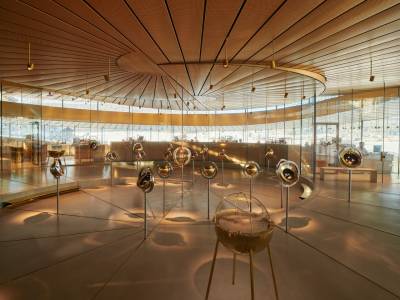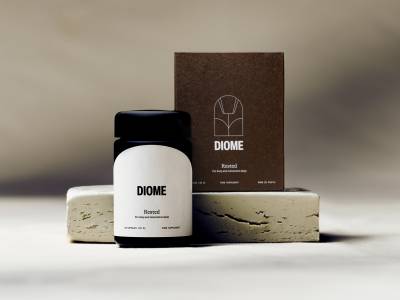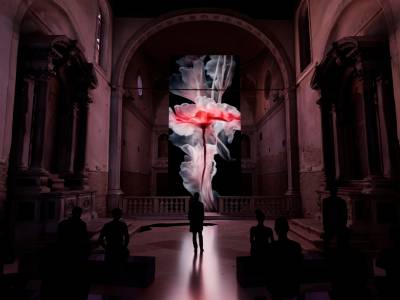Audemars Piguet is preparing to open a stunning museum at the end of June. The contemporary, spiral-shaped glass pavilion is intended to complement the company’s original building, situated in Le Brassus, which lies in the cradle of Swiss complicated watchmaking, the Vallée de Joux. It was here that Jules Louis Audemars and Edward Auguste Piguet established their workshop in 1875.
“Since the beginning of the project, our dream has been to offer each visitor an unforgettable experience in the beating heart of Audemars Piguet,” says Sébastian Vivas, Heritage and Museum Director at Audemars Piguet. “We fundamentally believe that it’s important for visitors to get involved in interactive experiences in order to truly understand what makes horology and its craft so special.”








